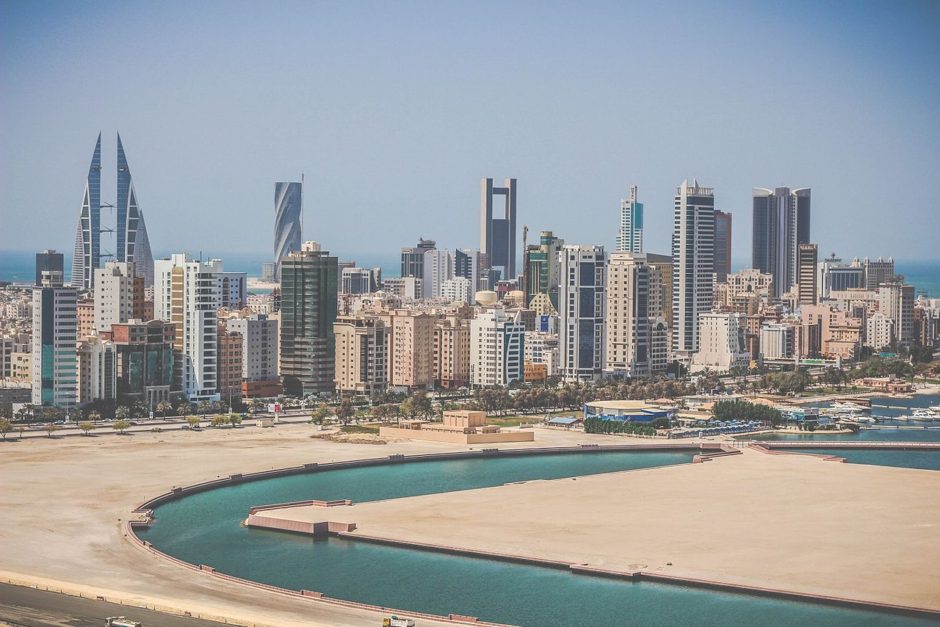Imagine a wedding without a bride or a bridegroom.
The two-day “Peace to Prosperity” workshop in Bahrain, which took place in Manama from June 25-26, pretty much conformed to this scenario.
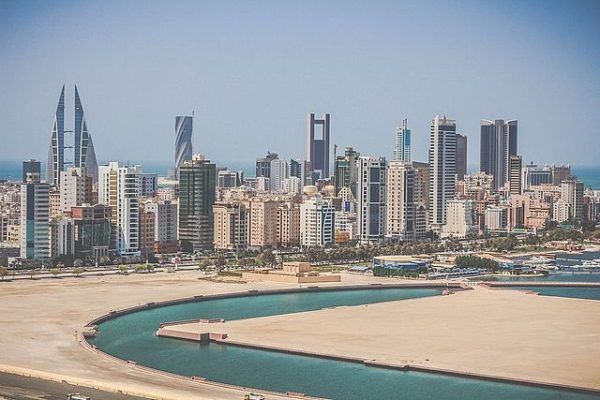
Designed to promote the economic benefits of a peace agreement between Israel and its Palestinian neighbors in the West Bank and the Gaza Strip, the conference was jointly hosted by the White House, the U.S. Treasury Department, the government of Bahrain and its ministry of finance.
But instead of bringing the elusive prospect of peace a little closer, it highlighted the enormous obstacles that lie in its path.
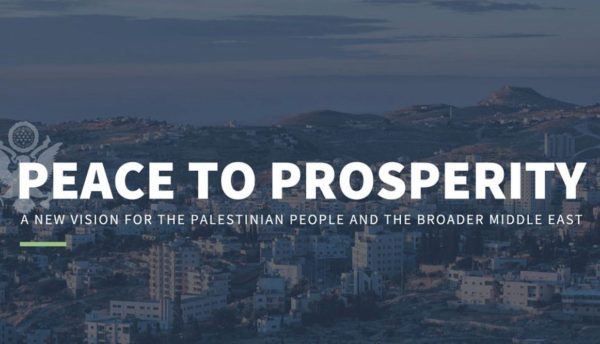
The Palestinian Authority, as well as most Arab states aside from Egypt, Jordan, Morocco, Saudi Arabia, Qatar and the United Arab Emirates, boycotted the event, stripping it of its practical significance.
Nevertheless, Palestinian Authority President Mahmoud Abbas acknowledged its potential importance. “We need the economic (support), the money and the assistance,” said Abbas, who severed his ties with the Trump administration in 2017 after the United States recognized Jerusalem as Israel’s capital and moved its embassy from Tel Aviv to Jerusalem. “But before everything there is a political solution,” he added in a reference to Israel’s occupation of the West Bank and the Palestinians’ desire for statehood. “For America to turn the whole cause from a political issue into an economic one, we cannot accept this.”
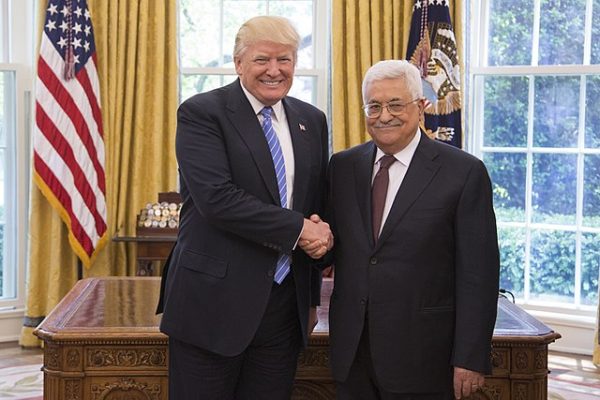
Hanan Ashrawi, Abbas’ aide and a member of the Palestine Liberation Organization’s executive committee, put it far more bluntly. “First lift the siege of Gaza, stop the Israeli theft of our land, resources and funds, give us our freedom of movement and control over our borders, airspace, territorial waters, etc. Then watch us build a vibrant prosperous economy as a free & sovereign people,” she tweeted.
As for Israel, it was not even invited to the conference, dealing yet another blow to it. Still, a number of high-powered Israeli businessmen attended, underscoring the possibility of greater Israeli trade with the Gulf States.
Conceived and planned by U.S. President Donald Trump’s senior advisor and son-in-law, Jared Kushner, it was regarded by Washington as an opportunity for governments, civil society groups and businesses to “share ideas” and “discuss strategies” for economic initiatives in the West Bank and Gaza that “could be made possible by a peace agreement.”
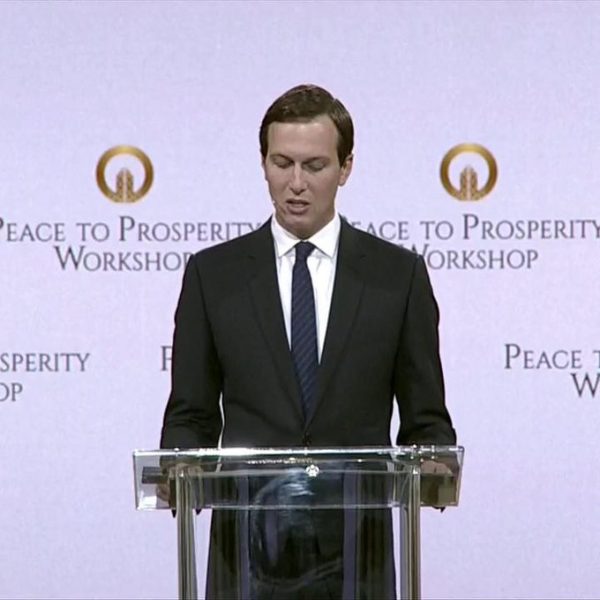
In a keynote speech, Kushner focused on the Palestinians and implicitly denigrated its leadership. “My direct message to the Palestinian people is that despite what those who have let you down in the past tell you, President Trump and America have not given up on you,” he said.
Kushner went on to claim that the proposal, which hinges on the completion of an Israeli peace accord with the Palestinians, could be “the opportunity of the century, if the (Palestinian) leadership has the courage to pursue it.”
The White House released its $50 billion investment and infrastructure package on June 22. Calling for a blend of private and public financing and the creation of one million jobs, it seeks to “unleash the economic potential” of the Palestinians, “empower the Palestinians to realize their ambitions,” and “enhance Palestinian governance.”
The plan allocates $27.5 billion to health care, education, agricultural, high-tech, water and tourism projects in the West Bank and Gaza, with the remainder allocated to Palestinian refugees in Egypt, Jordan and Lebanon.
“If they actually want to make their people’s lives better, we have now laid out a great framework in which (the Palestinians) can engage and try to achieve it,” Kushner said in closing the workshop.
Palestinian leaders, however, regard the plan as a monumental bribe, a variant of Israel’s attempt to perpetuate the status quo in the West Bank by forging an “economic” peace with the Palestinians.
Citing its deficiencies, Palestinians say it ignores Israel’s occupation of the West Bank, which, among other things, imposes restrictions on the movement of people and goods, a factor that inhibits the expansion of the Palestinian economy.
Nor does the plan refer to Israeli settlements in nearly two-thirds of the West Bank, a reality that also places limits on the vitality of the Palestinian economy.
Kushner admitted that dollars and cents are only one component of the Trump administration’s vision to defuse Israel’s conflict with the Palestinians. As he said, “To be clear, economic growth and prosperity for the Palestinian people are not possible without an enduring and fair political solution to the conflict — one that guarantees Israel’s security and respects the dignity of the Palestinian people.”
The Trump administration is expected to release the political portion of its peace plan after Israel’s September 17 election.
Offering a rare glimpse of it, Kushner said it will differ from the 2002 Arab peace proposal. Rejected by Israel, it broadly calls for a full Israeli withdrawal from the occupied territories and the resolution of the Palestinian refugee problem in exchange for Arab recognition of Israel and the establishment of diplomatic relations between Israel and the members of the Arab League.
“I think we all have to recognize that if there ever is a deal, it’s not going to be along the lines of the Arab peace initiative,” said Kushner. “It will be somewhere between the Arab peace initiative and between the Israeli position.”
Israeli Prime Minister Benjamin Netanyahu accepted the notion of a two-state solution shortly after his reelection in 2009. But emboldened by Trump’s pro-Israel presidency, he has backtracked on his pronouncement and called for Palestinian autonomy rather than Palestinian statehood — an idea soundly rejected by the Palestinians, but apparently embraced by the Trump administration.
